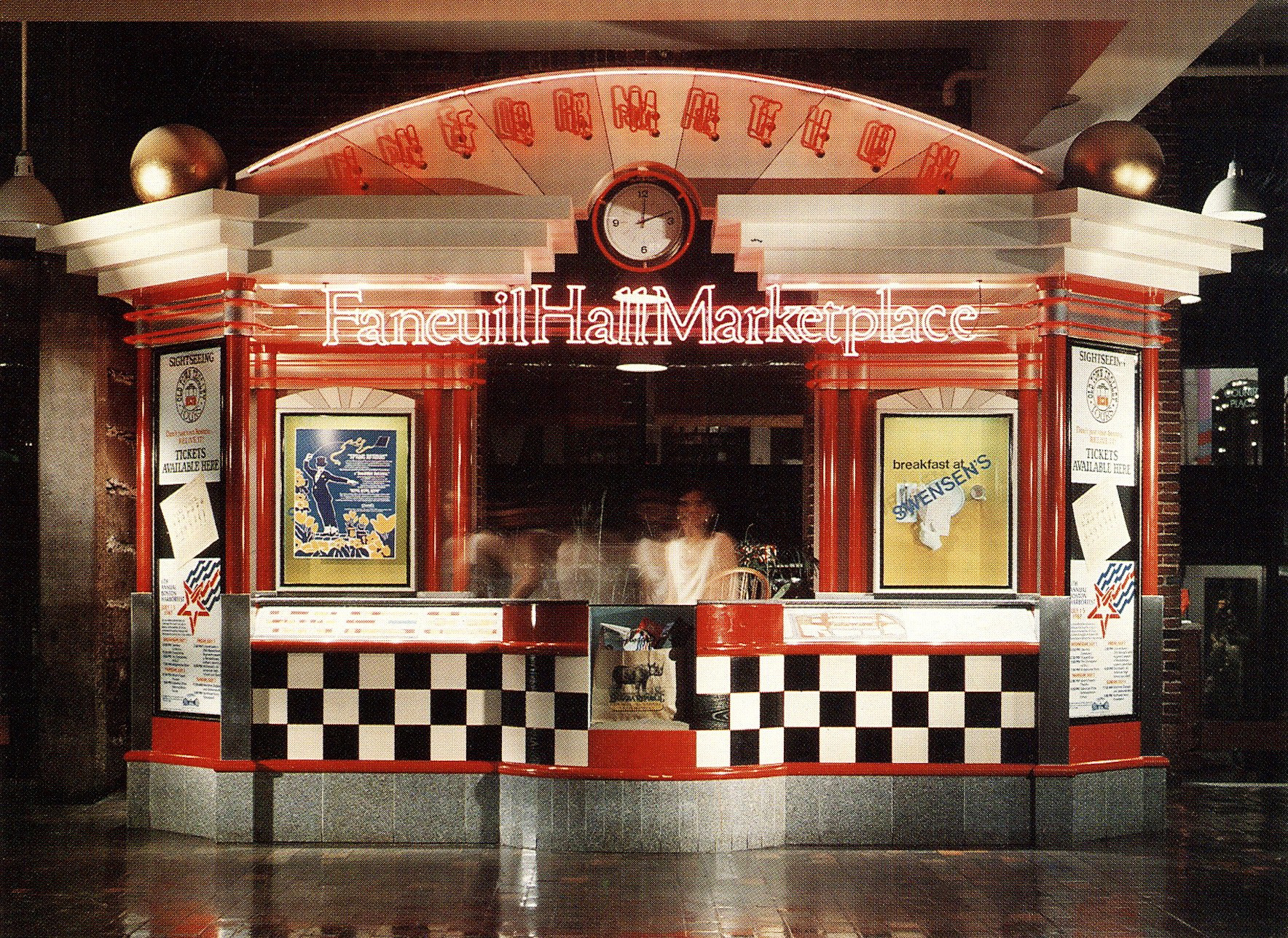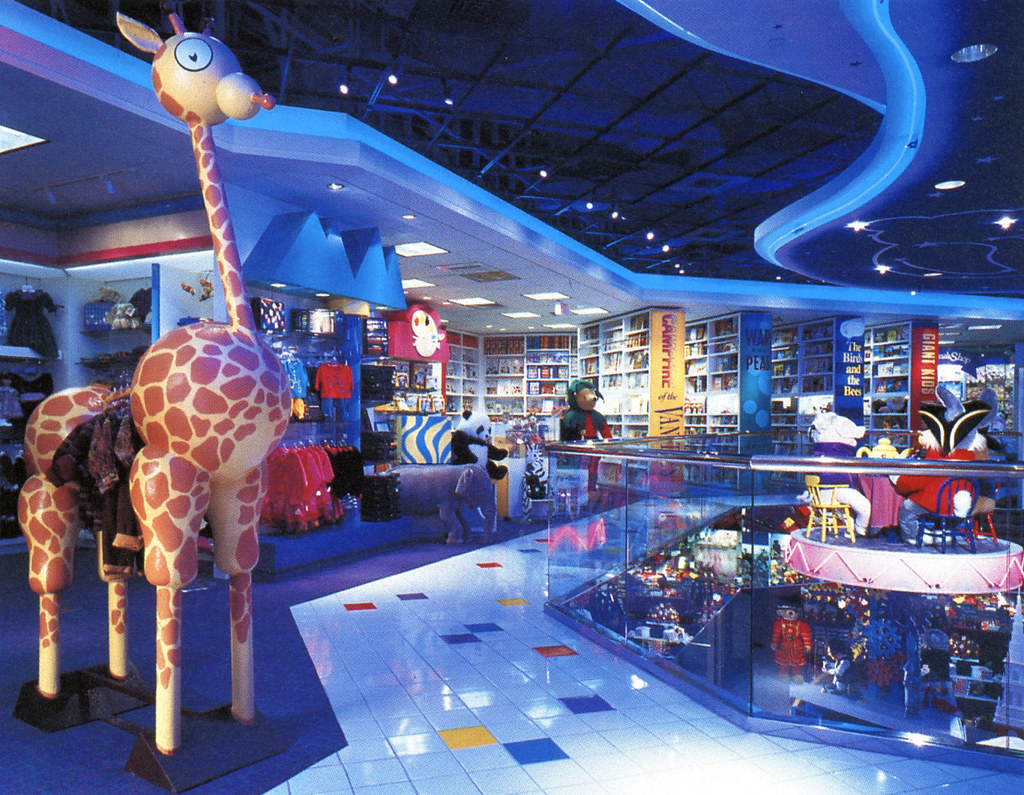bobthebuilder
Active Member
- Joined
- Oct 17, 2013
- Messages
- 434
- Reaction score
- 159
Following the previous post by stick n move .... what intrigues me is the various modes of transportation, the rail fright in the upper right, the commuter rail heading into the garage, the trolleys which go everywhere and even the horse-and-buggy taxi service with a strategically placed water trough and not to forget the archway of the massive garage which is very impressive. It's a fascinating picture highlighting architecture and transportation during the late 1800s.
View attachment 37676
Never knew this existed so I had to do some searching. Found some additonal photos I thought worth sharing, plus this document on the history of the station & railroads in the area.
Source: http://www.worcesterthen.com/Shorts/Arches/Arches.htm
Source: https://www.historicnewengland.org/explore/collections-access/gusn/197221/





 North Station Boston Garden Elevated
North Station Boston Garden Elevated






